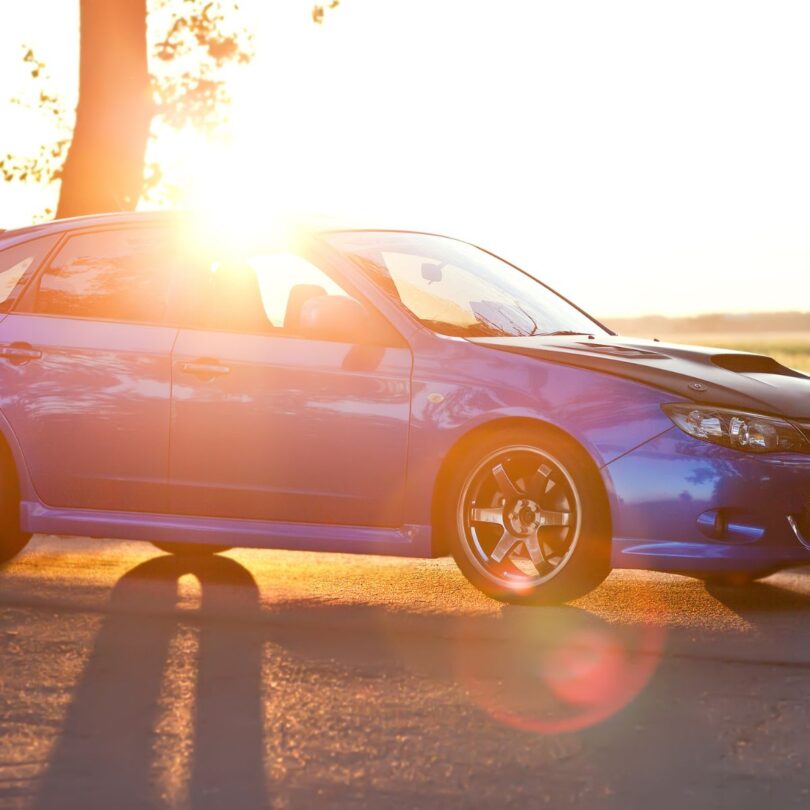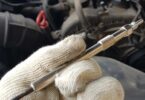As much as we all love a bright, sunny day, direct sunlight can take a toll on our vehicles in ways. Discover how direct sunlight can damage your vehicle below, and in the future, consider keeping your vehicle in the shade.
1. Paint Fading and Oxidation
If you see a vehicle with a washed-out look, UV rays are likely to blame. The sun’s rays break down the chemical compounds in paint, leading to that dreaded fading. Fading often starts at the top surfaces—the roof, trunk, and hood—and progressively appears on the sides of the vehicle. The process affects the cosmetic elements of your vehicle and reduces its value.
Additionally, the sun’s heat accelerates the oxidation of the paint. Oxidation occurs when the polymers in the paint erode, often leaving a chalky residue on the surface. This dryness looks bad and opens the door torust formation, particularly if chips or scratches in the paint have been left untreated. Mitigate this by regularly waxing your car. One of the roles of clear coats in car customization is adding a UV protective coat, which not only makes the vehicle look great but also protects it.
2. Interior Damage
The inside of your vehicle is also at risk from exposure to sunlight. The UV rays that come through the windows cause the gradual breakdown of materials such as leather, plastic, and fabric. Leather cracks and becomes brittle, while fabrics fade and plastic materials may start to weaken, leading to a crumbly texture.
One way to prevent this damage is to use a window-tint film that blocks most UV rays. Regularly applying a conditioner to leather seats and cleaning the interior with a UV protectant also slow down this process.
3. Overheating and Mechanical Damage
Many people are familiar with the sudden regret of hopping into a hot vehicle on a sunny day. Excessive heat from direct sunlight can cause your vehicle’s interior to reach scorching temperatures. Besides the discomfort for passengers, this also has undesirable effects on your vehicle’s mechanical components. For example, in extreme cases, high heat can negatively affect your battery’s life. Overheating also deteriorates the rubber in your tires, leading to brittleness and potential blowouts.
To mitigate the damage that direct sunlight can cause to your vehicle, consider using a sunshade in your windshield when you’re parked. For the longevity of your mechanical parts, parking in the shade or using a vehicle cover can help significantly. Ensuring that your vehicle’s cooling system is in good working order and that the coolant is at the proper level is also prudent, especially if you live in a region with extreme temperatures.








